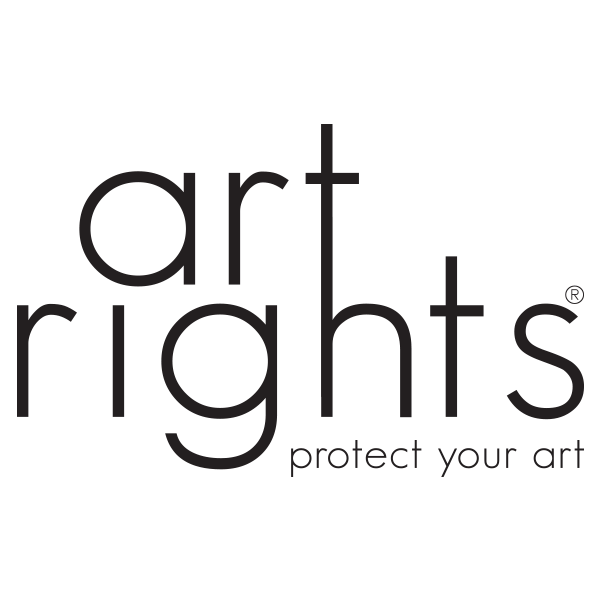The Glossary of Cultural Marketing
How to orient yourself in the world of cultural marketing through the concepts and words most used in the sector.
Cultural marketing takes part of the lexicon and its definitions from traditional marketing, adapting them to its methodologies and specificities. Therefore it is very important to understand these concepts, because they will help us in planning and tackling a new cultural project, be it in the physical or digital sphere.
Analytics e Cookies
Analytics and Cookies are the tools with which we can monitor and track the behavior of our user, storing specific information regarding web browsing and social networks, to understand his habits and interests so that he sees our advertising.
Copywriting
Copywriting is the writing of texts oriented towards digital marketing objectives: from websites to newsletters, reaching social media. Thanks to Copywriting it is possible to write texts to better communicate your business, creating a relationship with the user through an interaction and, subsequently, a purchase deed, whether it is a work of art or a professional service.
Community online
By online community we mean a group of users interested in the same topic, who share the same values and who participate in discussions and exchange messages. An online community can help a museum or gallery create new business opportunities, launch a new product, exhibition or cultural event, interact with potential customers and build loyalty.
Conversion
When we talk about conversions, we are referring to real and quantifiable results achieved through the web. Conversion is the action (or result) performed by a user on a site or on social networks: it can be, for example, the purchase of a work of art, a service or an exhibition ticket, but also the subscription to the newsletter, the registration to an online viewing room, the download of an app related to art. The Conversion Rate is therefore a value to measure the success of an advertising campaign or the good functioning of a website or social channel.
Digital Strategy
From the perspective of web marketing, the digital strategy is the strategic design of a plan with which we define, in every detail, our presence in the digital world, following a set of guidelines and actions that can be defined according to the objectives and the context in question. which you will have to operate. For example, the digital strategy of a museum could be oriented to use technologies to enhance the collections and promote the various activities in order to bring a large public to visit the museum.
Newsletter
Newsletters are a powerful means of communication that allows you to stay in touch with your community, communicating updates and appointments and soliciting actions of various kinds. In the world of art, newsletters allow you to inform about the inauguration of exhibitions, upcoming auctions, private openings for your collectors or the latest news related to your artists such as articles or interviews.
Personal Branding
Doing Personal Branding means strategically managing your professional image, to find a positioning and promote your business. The strongest brands are also the most recognizable ones, those to which we immediately associate adjectives, sensations or colors. Whether you are an artist or a cultural institution, you will always have to carry out the work of personal branding on a daily basis, with contents and initiatives designed with your audience as a reference, and the ultimate goal of interesting, involving and engaging them.
SEO
SEO is a useful tool for improving your search engine rankings. It is painstaking work on the terms to be used in blog articles and site pages. A careful choice of keywords, crucial for us and of frequent or common use by users, essential to appear, sooner and more often, in search engine results.
Website
A website is the basis for presence and communication on the net, a “business card” with which it is possible to be found by our collectors, visitors and users. The website can also consist of a single page called the Landing Page and even an eCommerce, which can be useful for the purchase of works, tickets and products from the bookshop. An efficient website must be built with SEO optimizations, indexed by the major search engines, and responsive so that it adapts to different devices.
Social Network
By definition, social networks are social networks where people come together to share thoughts, images, videos and textual content. For art, social networks have become an essential showcase, where it is possible to vary content, communication strategies, proposals and services. Among the most used in the cultural sector we find Facebook, Instagram and most recently TikTok.
Storytelling
It is a communication technique that consists in telling a story to communicate certain values and therefore push segments of the public to take a certain action, according to a strategy. Museums, institutions, galleries and professionals use this communication tool extensively, given the nature of their “product”: in fact, Art and Culture are carriers of intangible, emotional values, which find in storytelling a valid means of being conveyed.
These are just some of the words that revolve around the world of marketing and communication for art. With Insights and explanations, we will build a complete and continuously updated archive based on the development of new technological and digital skills.





